HPB
CME
43: Optimal Duration of Chemotherapy in the Era of Neoadjuvant Therapy for Pancreatic Adenocarcinoma - Is There a Magic Number?
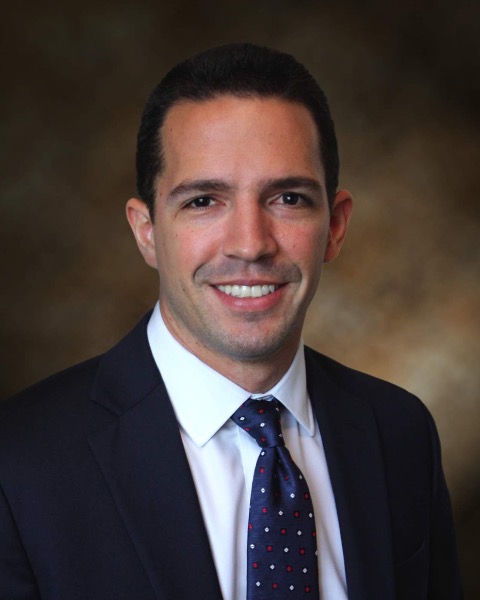
Roberto J. Vidri, MD, MPH (he/him/his)
Fellow
University of Wisconsin School of Medicine and Public Health
Madison, Wisconsin, United StatesDisclosure(s): No financial relationships to disclose

Roberto J. Vidri, MD, MPH (he/him/his)
Fellow
University of Wisconsin School of Medicine and Public Health
Madison, Wisconsin, United StatesDisclosure(s): No financial relationships to disclose
- PV
Patrick R. Varley, MD, MS
Assistant Professor
Division of Surgical Oncology, Department of Surgery, University of Wisconsin–Madison, United StatesDisclosure information not submitted.
- SR
Sean M. Ronnekleiv-Kelly, MD
Assistant Professor
University of Wisconsin School of Medicine and Public Health, United StatesDisclosure information not submitted.
- KK
Kelly J. Kaitlyn, MD
Associate Professor
Department of Surgery, University of Wisconsin, United StatesDisclosure information not submitted.
- GW
Gregory C. Wilson, MD
Assistant Professor
University of Cincinnati College of Medicine, Department of Surgery, United StatesDisclosure information not submitted.
- SA
Syed Ahmad
Disclosure information not submitted.
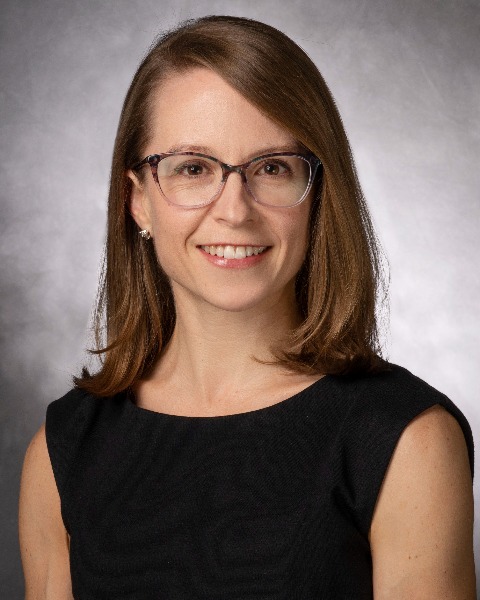
Rebecca A. Snyder, MD, MPH (she/her/hers)
Associate Professor of Surgery
UT MD Anderson Cancer Center
Houston, Texas, United StatesDisclosure information not submitted.
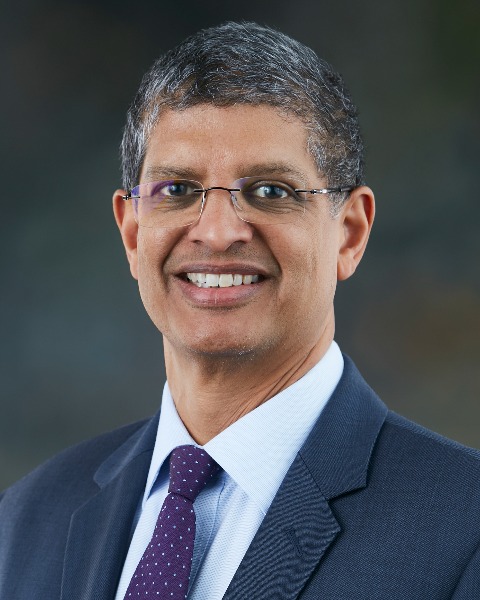
Alexander A. Parikh, MD, MPH, FACS, FSSO (he/him/his)
Professor of Surgery
UT Health San Antonio MD Anderson
San Antonio, Texas, United StatesDisclosure(s): No financial relationships to disclose
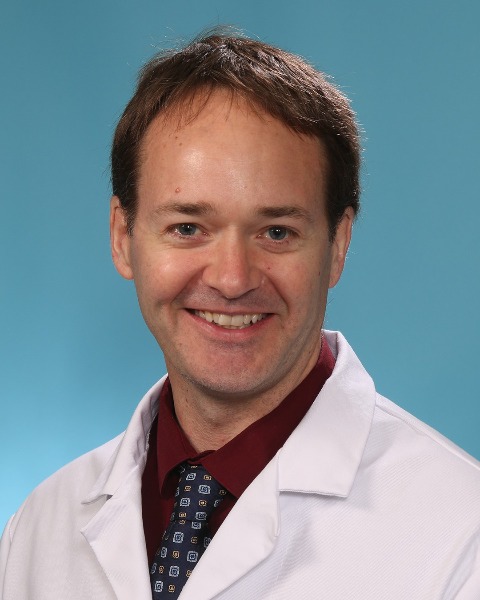
Chet Hammill, MD, MCR
Washington University School of Medicine
St. Louis, MODisclosure information not submitted.
.jpg)
Hong Jin Kim, MD
Professor and Chief, Division of Surgical Oncology and Endocrine Surgery
University of North Carolina at Chapel Hill
Chapel Hill, NC, United StatesDisclosure information not submitted.
- ML
Michael T. LeCompte, MD
Assistant Professor
University of North Carolina School of Medicine, United StatesDisclosure information not submitted.
- DK
David A. Kooby, MD
Professor of Surgey
Emory University School of Medicine, Division of Surgical Oncology, Winship Cancer Institute, United StatesDisclosure information not submitted.
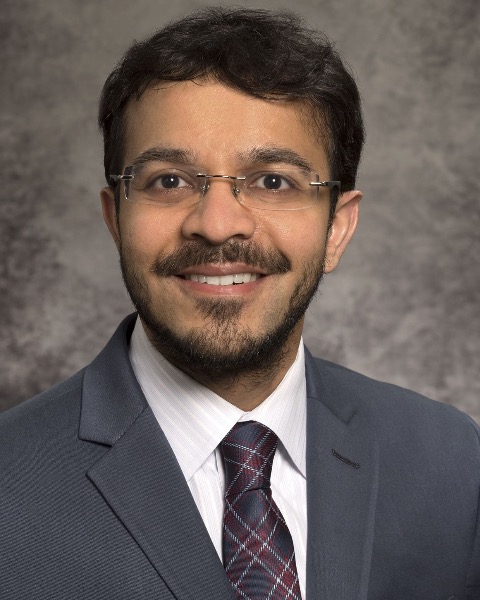
Mihir M. Shah, MD (he/him/his)
Assistant Professor of Surgery
Emory University Winship Cancer Institute, United StatesDisclosure information not submitted.
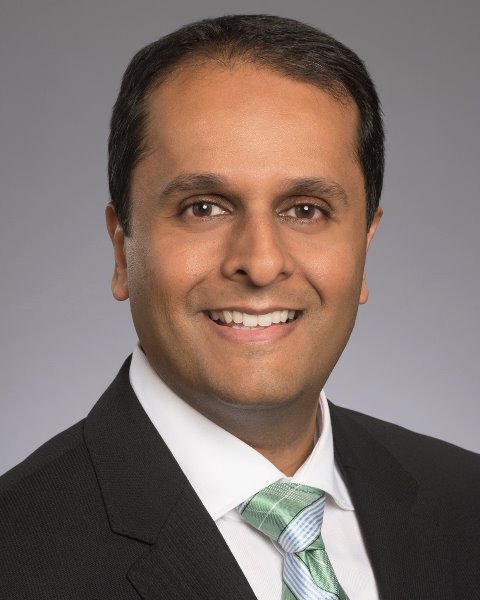
Shishir K. Maithel, MD
Professor of Surgery
Emory
Atlanta, GA, United StatesDisclosure information not submitted.
- NM
Nipun B. Merchant, MD
Professor of Surgery
University of Miami Miller School of Medicine, United StatesDisclosure information not submitted.
- JD
Jashodeep Datta, MD
Assistant Professor
University of Miami, United StatesDisclosure information not submitted.
.jpg)
Syed Nabeel Zafar, MD, MPH
Assistant Professor of Surgery
University of Wisconsin-Madison
Madison, Wisconsin, United StatesDisclosure(s): No financial relationships to disclose
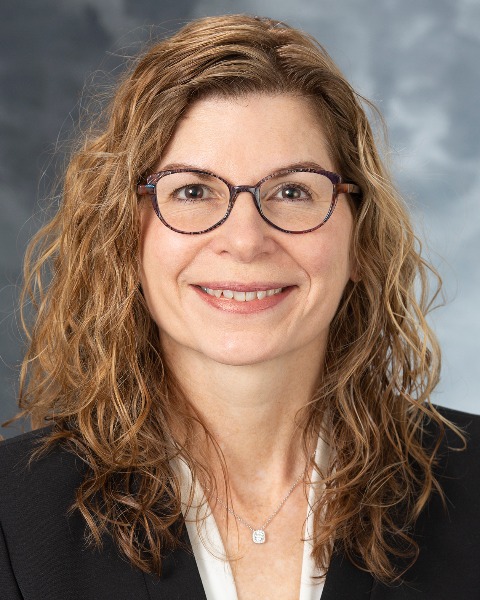
Sharon Weber, MD (she/her/hers)
Professor of Surgery
UW Health/UW Madison
Madison, Wisconsin, United StatesDisclosure(s): No financial relationships to disclose
- DA
Daniel E. Abbott, MD
Professor
Division of Surgical Oncology, Department of Surgery, University of Wisconsin–Madison, United StatesDisclosure information not submitted.
Abstract Presenter(s)
First Author(s)
Author(s)
The optimal duration of systemic therapy for patients with pancreas adenocarcinoma (PDAC), receiving neoadjuvant (NAT) with or without additional adjuvant chemotherapy (AT), is unknown. We sought to determine whether any threshold for duration of total chemotherapy (TC) was associated with improved recurrence-free (RFS) or overall (OS) following pancreatectomy.
Methods:
We conducted a retrospective review of patients undergoing pancreatectomy after NAT at seven academic, high-volume centers between 2009-2020. TC was defined as the total number of months (mos) patients received either NAT or NAT plus AT. OS was calculated from date of diagnosis and RFS from date of surgery. Iterative multilevel survival models, accounting for hospital clustering, examined the association between duration/regimen of chemotherapy received and survival.
Results:
502 patients with resectable (25%), borderline (53%), and locally advanced (22%) PDAC received NAT with or without AT (69% FOLFIRINOX and 31% Gem/Abraxane); median TC duration was 4.4 mos - 43% received only NAT (median 3.1 mos); 57% also received AT (median 2.5 mos). When compared to patients who received ≥6 mos of TC (median 7.7 mos), patients receiving < 6 mos (median 3.5 mos) had similar RFS (median 9.2 vs 8.8 mos; HR 1.2, p=0.13) but decreased OS (median 28.5 vs 32.0 mos; HR 1.3, p< 0.01). There was no difference in OS when comparing those patients who received FOLFIRINOX versus Gem/Abraxane (median 30.2 vs 29.1 mos; HR 1.26, p=0.21) or those that received only NAT versus NAT + AT (HR 0.83, p=0.52). The neoadjuvant chemotherapy regimen was switched in 4.8% of patients. These patients received a similar duration of TC compared to those who did not switch (median 4.2 vs 5.4 mos) and demonstrated similar median RFS (16.5 vs 8.9 mos; HR 0.61, p=0.29) and OS (37.3 vs 29.5 mos; HR 1.18, p=0.66).
Conclusions:
In this multi-institutional cohort of patients with resected PDAC who received NAT or NAT + AT, receipt of fewer than 6 month of total chemotherapy was associated with decreased overall survival, regardless of timing and chemotherapy regimen administered.
Learning Objectives:
- Upon completion, participant will be able to define a potential minimal amount of chemotherapy required to improve survival in patients diagnosed with PDAC.
- Upon completion, participant will be able to demonstrate a deeper understanding of the effects of chemotherapy in the multidisciplinary management of PDAC
- Upon completion, participant will be able to describe survival probabilities for patients with PDAC
